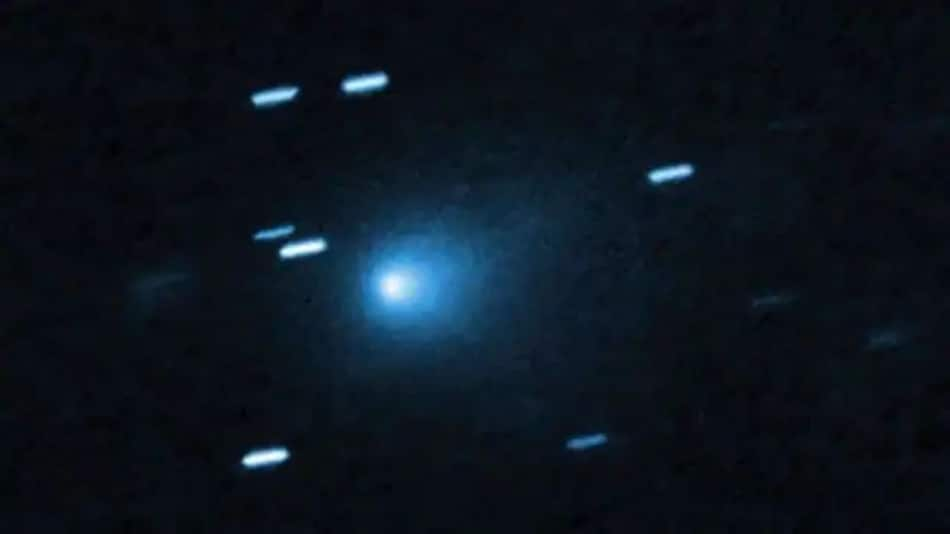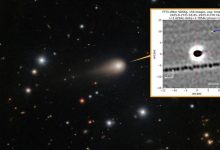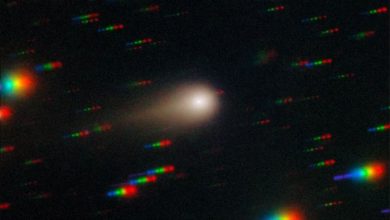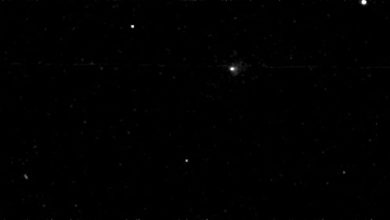Europa Clipper may soon cross a comet’s ion tail, offering a rare look at interstellar material.

Europa Clipper could soon cross the ion tail of comet 3I/ATLAS, an interstellar visitor
Click Here to Add Gadgets360 As A Trusted Source

NASA’s Europa Clipper spacecraft, en route to investigate Jupiter’s icy moon Europa, is set for a rare close encounter with the tail of a comet streaking through our solar system. Between Oct. 30 and Nov. 6, the spacecraft is expected to pass through a trail of charged particles shed by comet 3I/ATLAS, an interstellar visitor that has been cruising through our planetary system toward the sun for over a year now. If the timing works out, it’s an opportunity for scientists to study interstellar material for the first time, and we won’t have to launch a space mission just to chase down the comet.
Europa Clipper Poised for Rare Encounter with Interstellar Comet’s Ion Tail, Scientists Predict
As per a Space.com report, researchers Samuel Grant from the Finnish Meteorological Institute and Geraint Jones of the European Space Agency (ESA) described the possible encounter as both safe and scientifically priceless. Their computer model, named Tailcatcher, shows that Europa Clipper might intersect the comet’s ion tail, a glowing stream of charged particles pushed away from the Sun by the solar wind. This could be the closest we’ve ever gotten, Grant said, to actually getting some samples of matter from another star system.
Europa Clipper, in orbit around Jupiter, will be studying its magnetic field and searching for ions coming from the comet. Results depend on solar wind direction and comet activity, expected to peak around October 29.
Cometary ions, carrying heavier particles, can deflect the solar wind’s flow, potentially affecting Europa Clipper’s observations, while ESA’s Hera spacecraft lacks charged particle detection instruments.
Europa Clipper misses comet-tail crossing opportunity, advancing comet-tail predictions, and setting the stage for ESA’s 2029 Comet Interceptor mission to fly through pristine comet tail.








